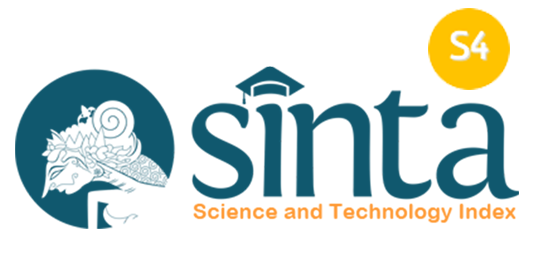Evaluation of the Impact of Cikapundung River Normalization on Flood Reduction in Bandung City
DOI:
https://doi.org/10.32585/modulus.v7i1.6848Abstract
This study comprehensively evaluates the impact of the Cikapundung River normalisation program on flood risk reduction efforts in the city of Bandung. A qualitative approach was employed, utilising data triangulation methods that included direct field observations, in-depth interviews with relevant stakeholders and affected communities, and spatial documentation analysis involving land-use maps, satellite imagery, and historical flood event data. The findings indicate that the technical interventions implemented—such as sediment dredging, river channel widening, construction of embankments, and retention basins—have significantly contributed to reducing both the intensity and duration of flooding. However, the program’s implementation continues to face a range of challenges. Technically, limitations in downstream channel capacity and recurring sedimentation have diminished the long-term effectiveness of these measures. From a social perspective, resistance to the relocation of residents living along the riverbanks, low public awareness regarding river cleanliness, and limited public communication about the project’s urgency present significant barriers. In addition, uncontrolled land-use changes that deviate from spatial planning regulations have worsened hydrological conditions, reduced soil infiltration capacity, and increased surface runoff. Based on these findings, the study recommends a more integrative approach to planning and implementing river normalisation programs. This should include synchronisation with spatial planning policies, strengthened intersectoral and inter-jurisdictional coordination, and enhanced community participation in sustainable and participatory watershed management.
Downloads
Downloads
Published
Issue
Section
License
Copyright (c) 2025 Widiyo Subiantoro

This work is licensed under a Creative Commons Attribution-NonCommercial-ShareAlike 4.0 International License.
This work is licensed under a Creative Commons Attribution-NonCommercial 4.0 International License.















